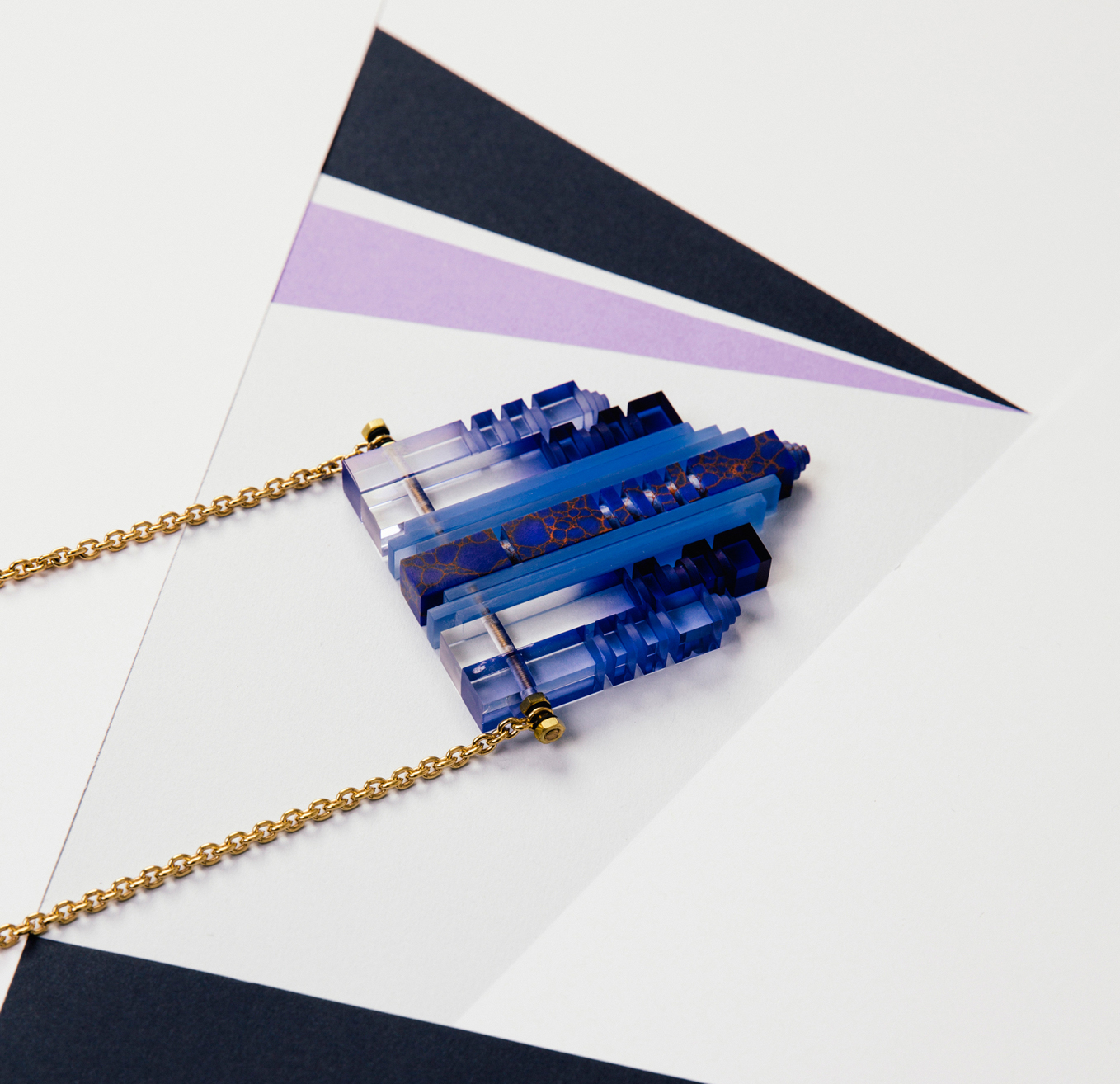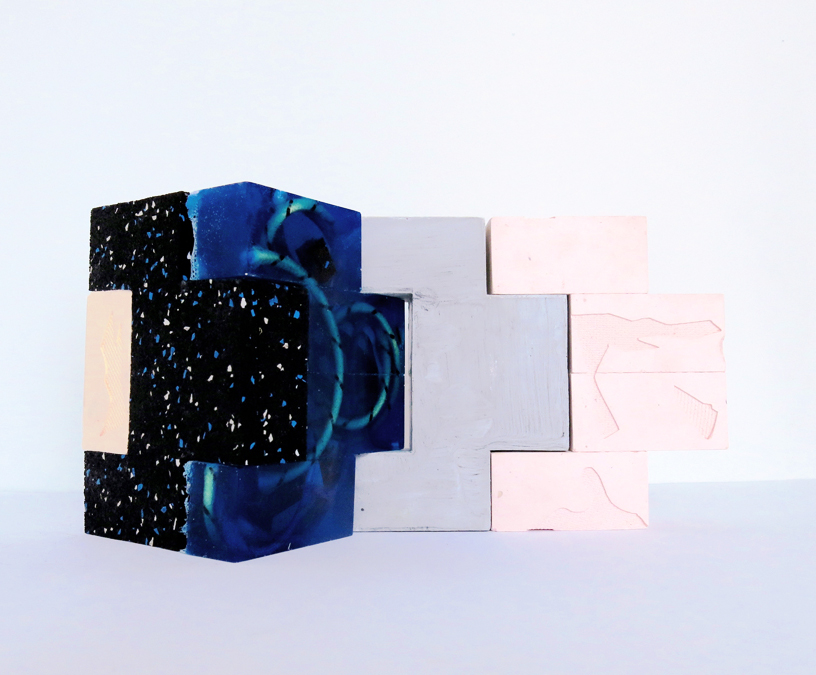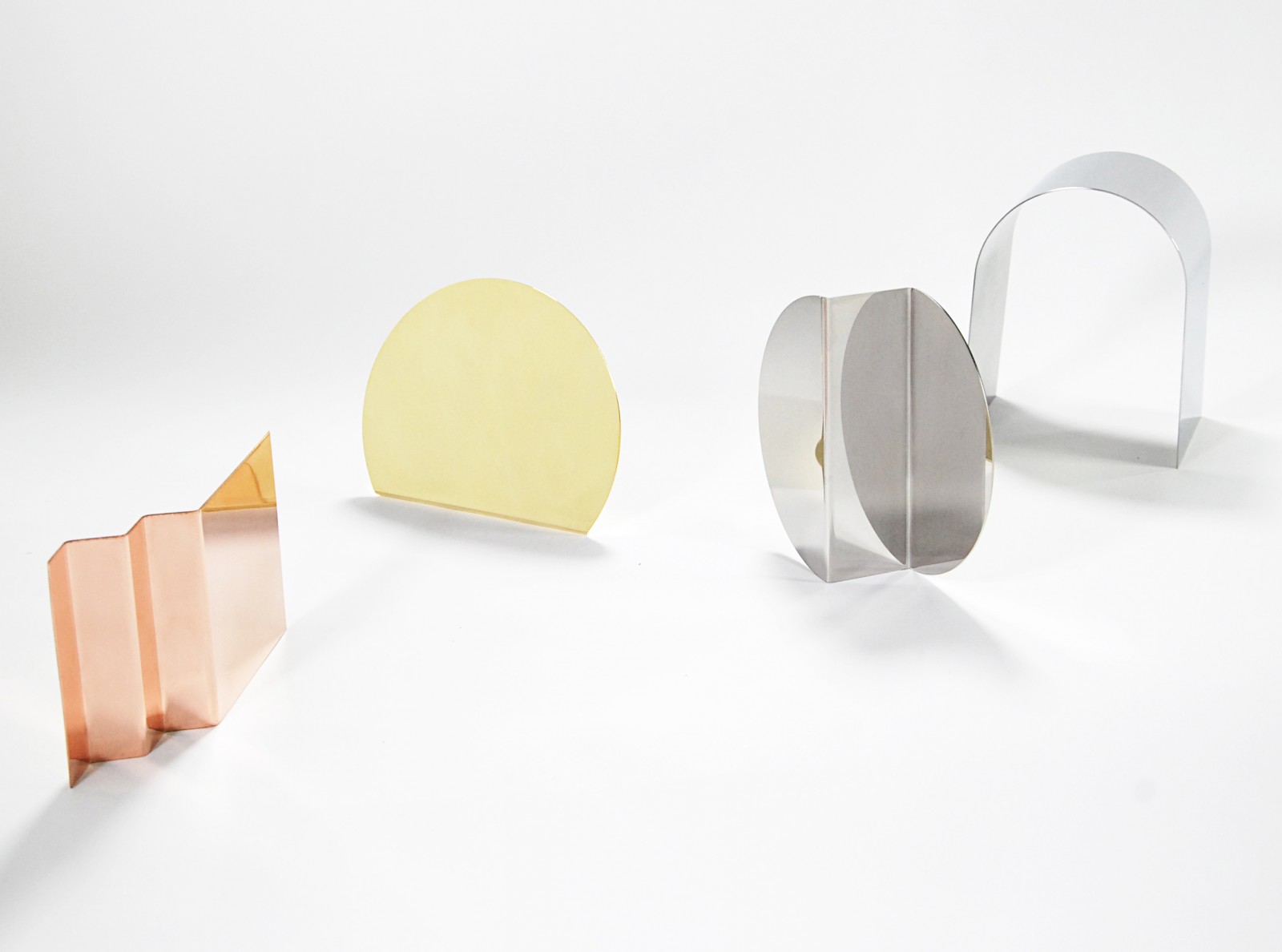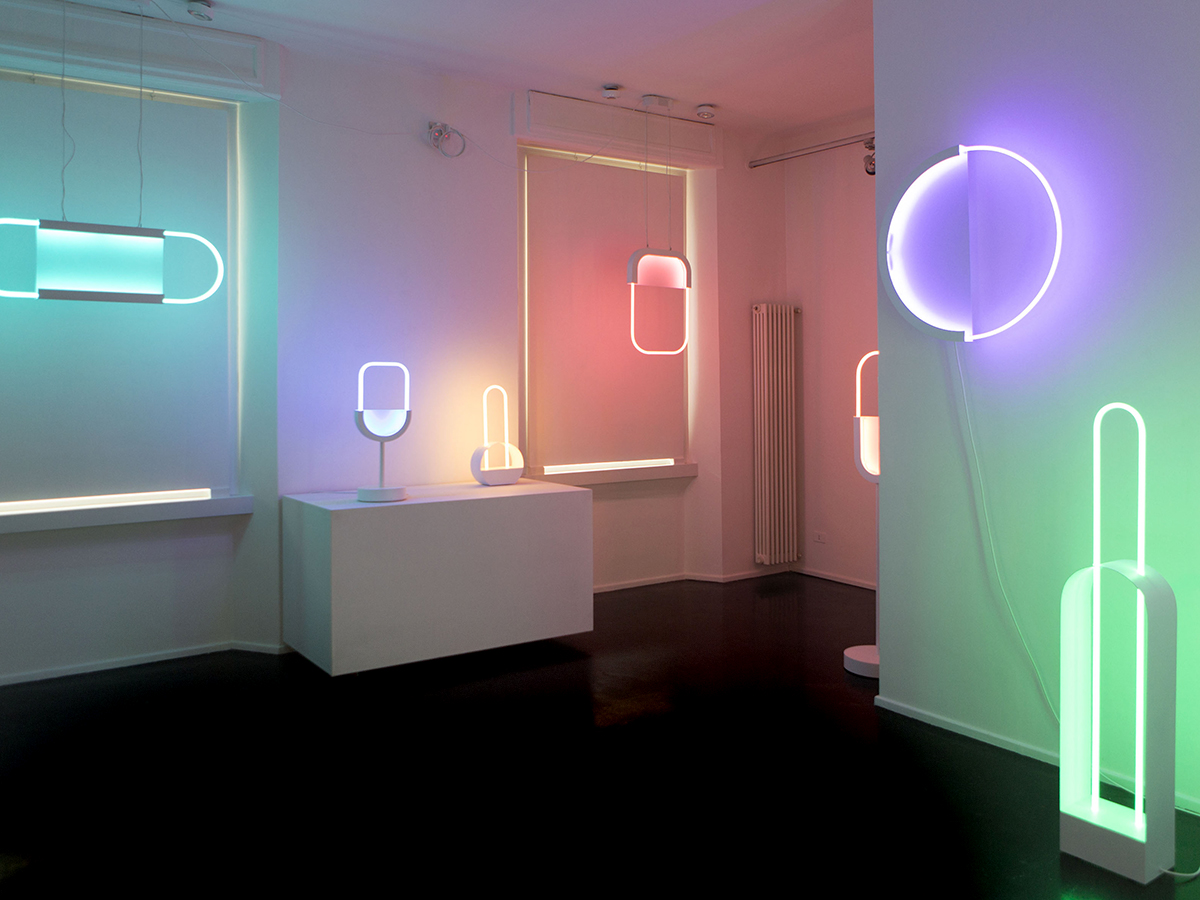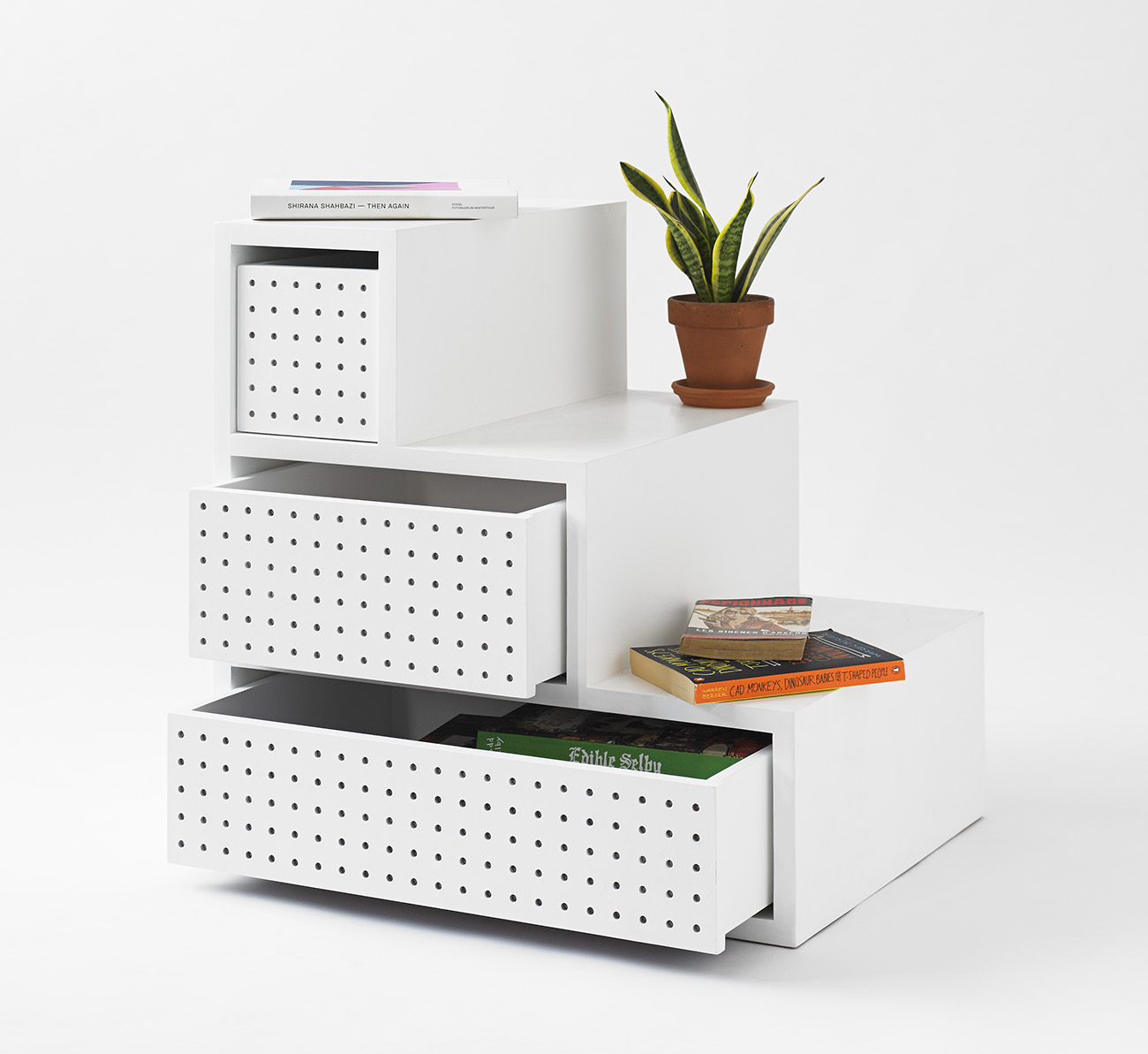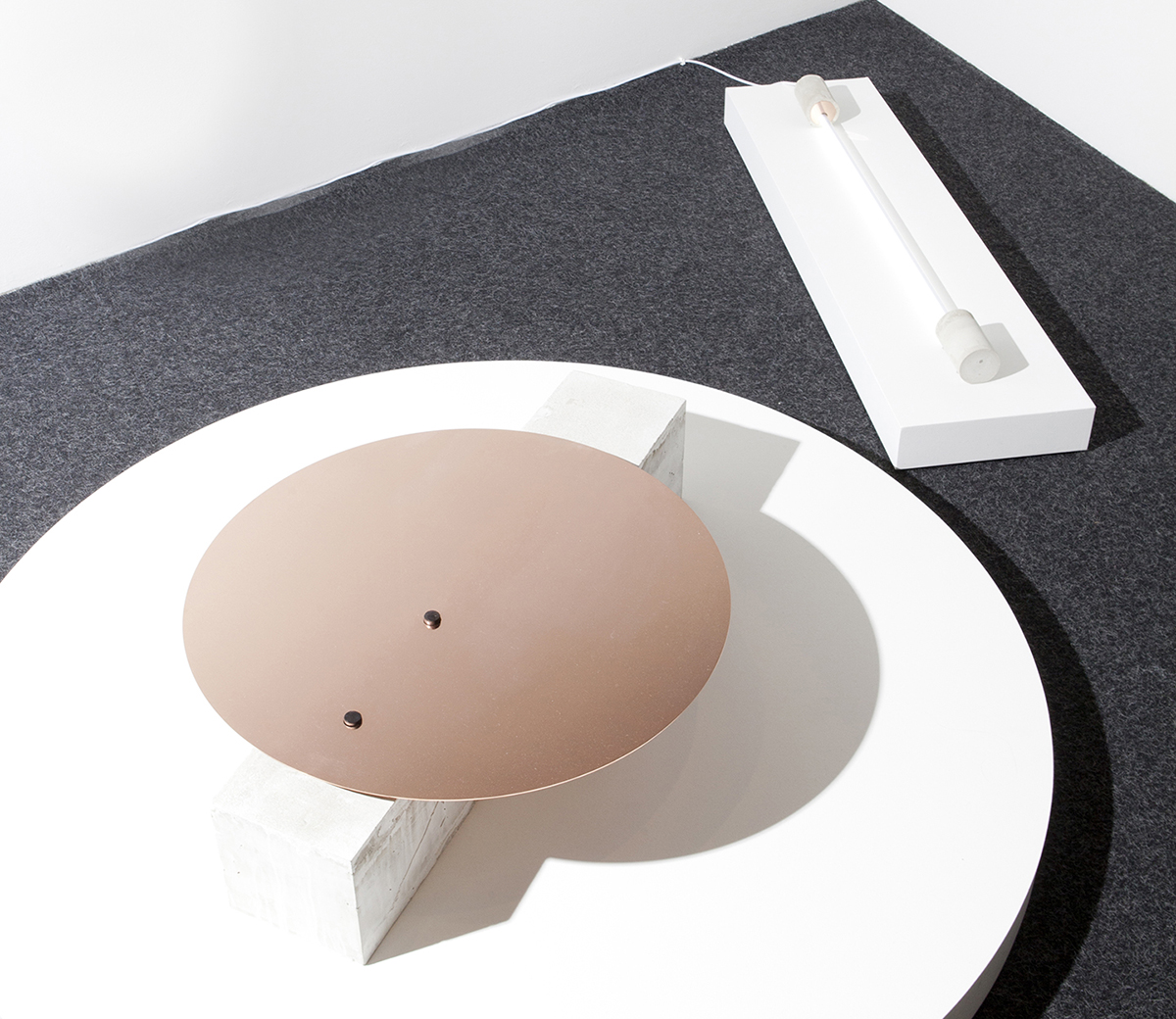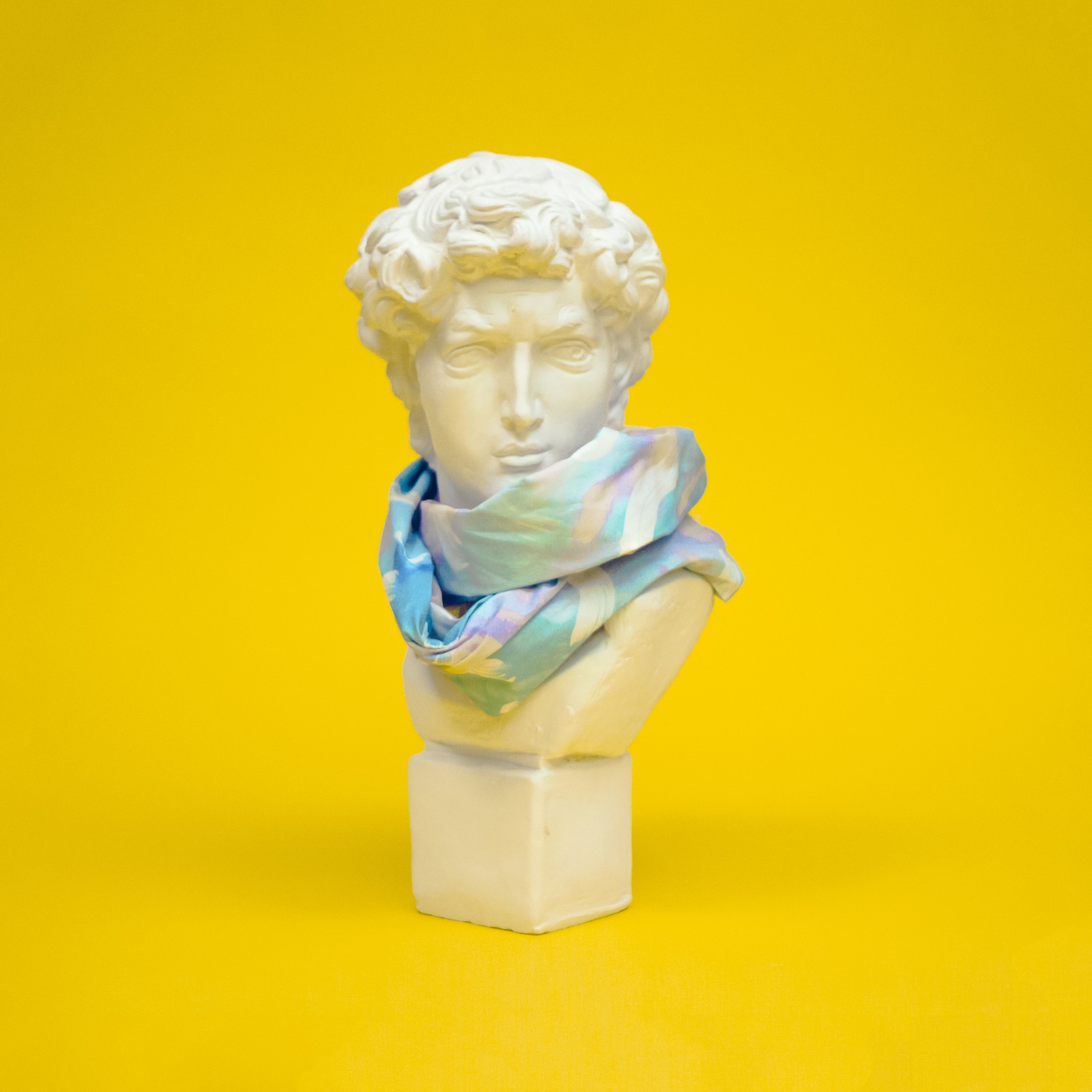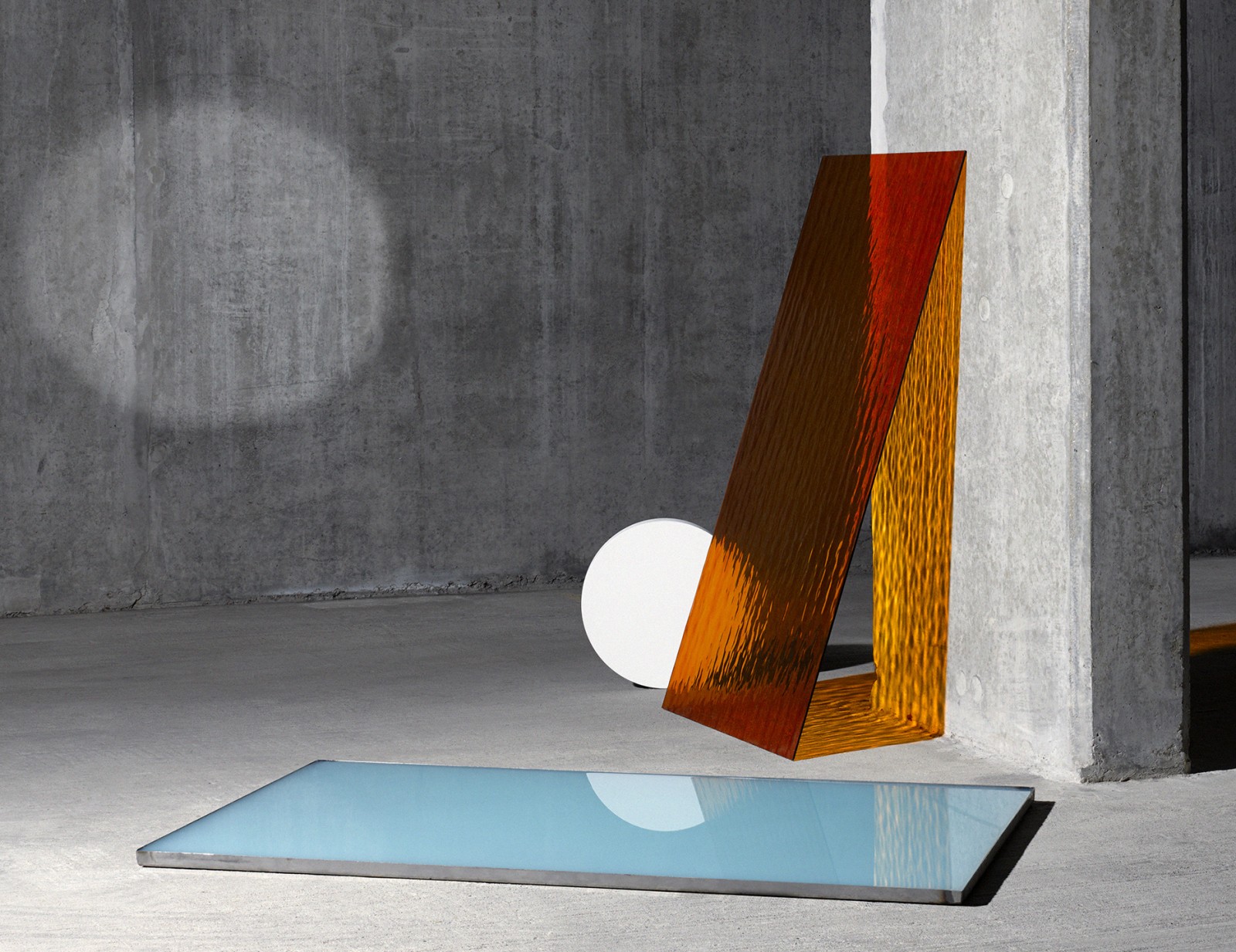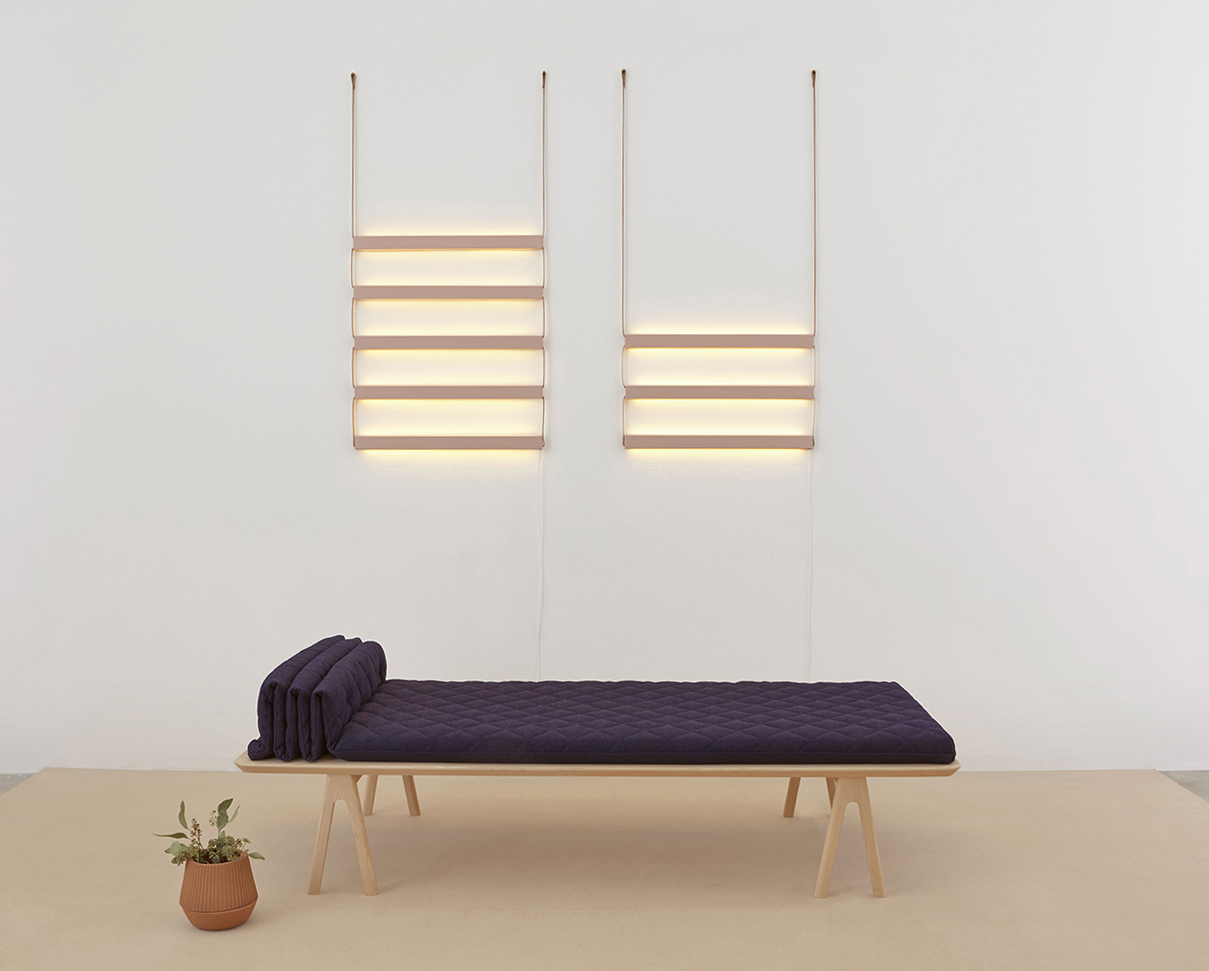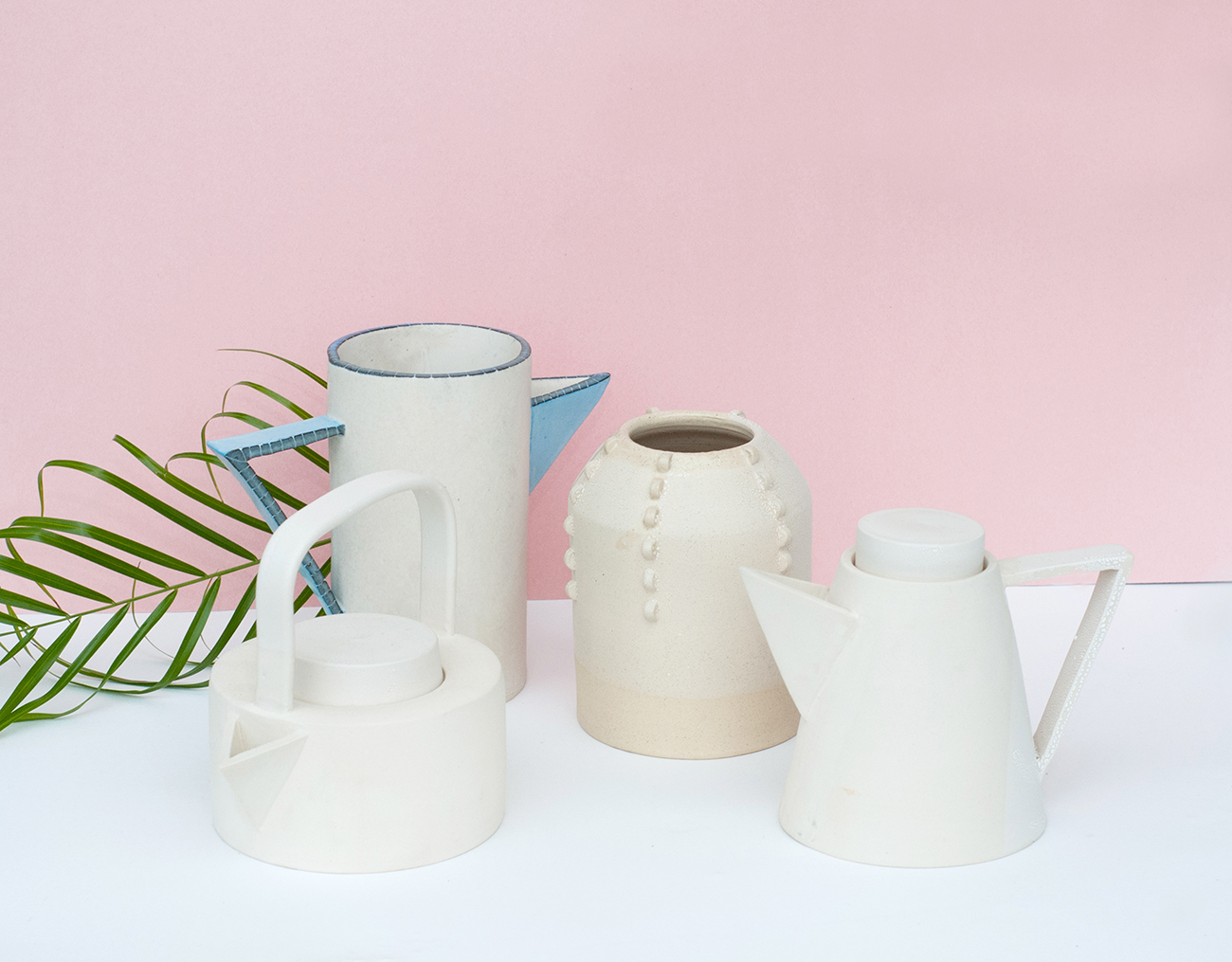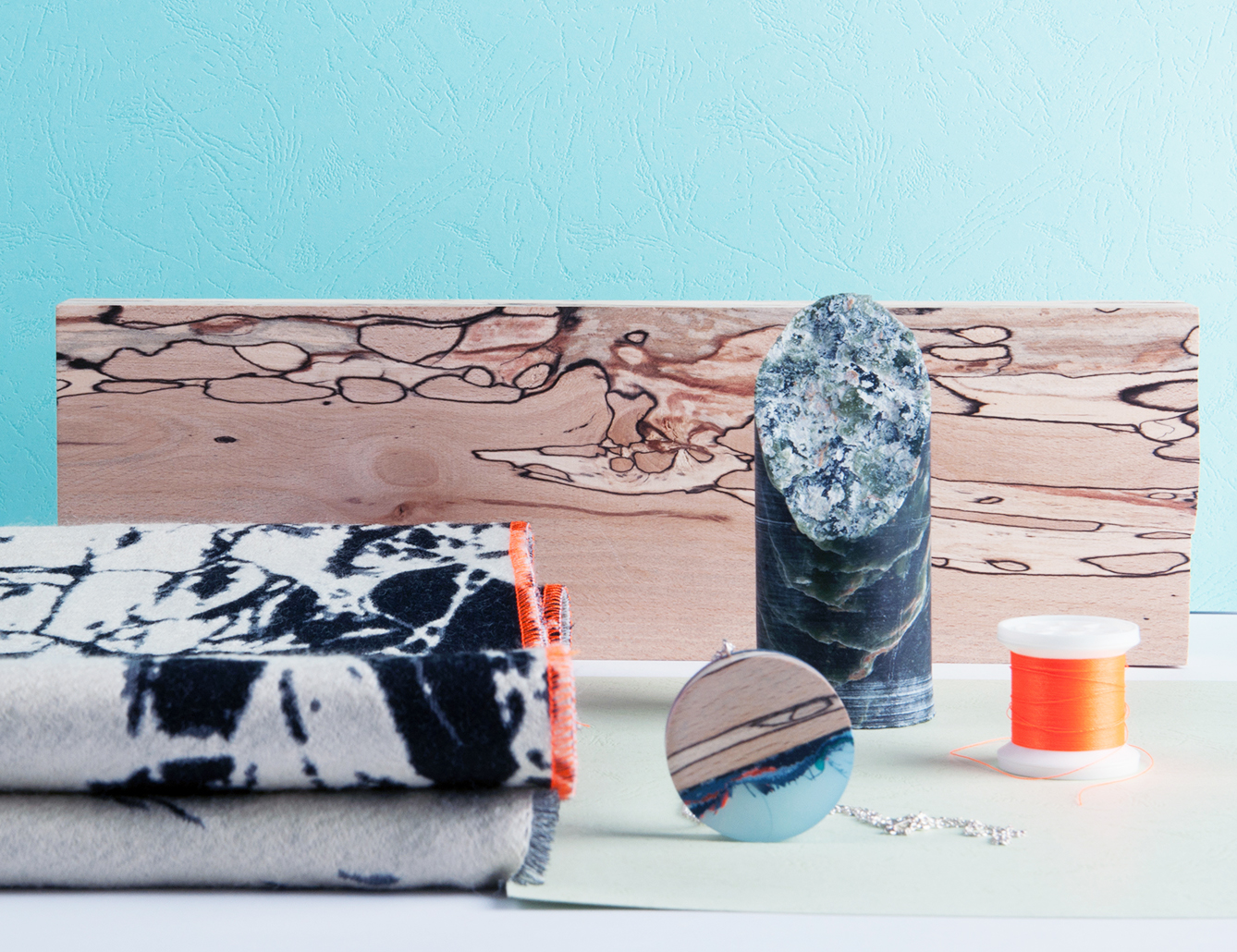
07.08.15
Up and Coming
London Accessories Designer Ejing Zhang
Growing up in China, designer Ejing Zhang was fascinated by traditional calligraphy and ink painting — art forms that are both fine and expressive, requiring a fluid interaction with brush and ink. Zhang is now based in London, but at the heart of her work is the same sensitivity to materials that she observed growing up. Four years ago, while studying at the Royal College of Art, she developed a new technique for creating work that involved taking spalted beech wood (partially decayed wood that has a marble-like pattern), wrapping it with colored thread, and casting it in resin, before sanding and polishing it to reveal its beautiful cross-sections.
